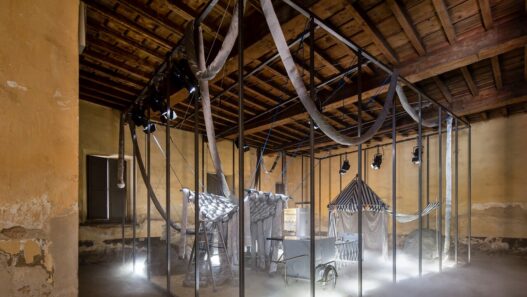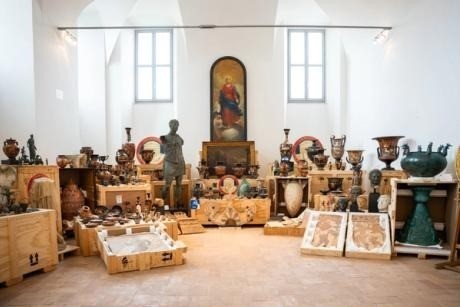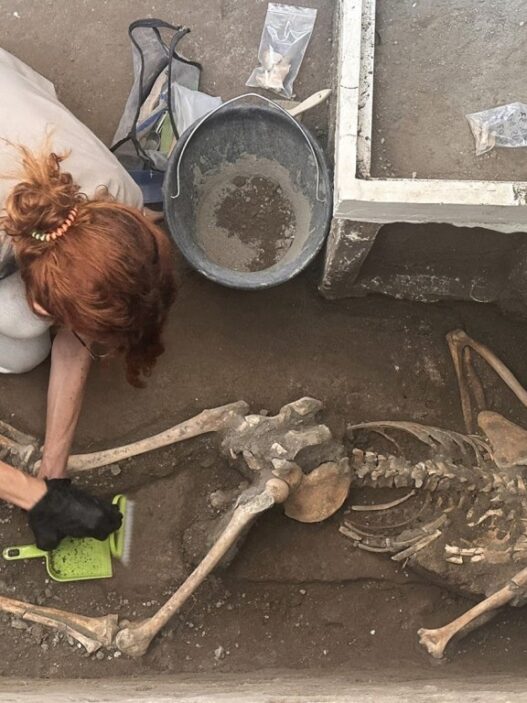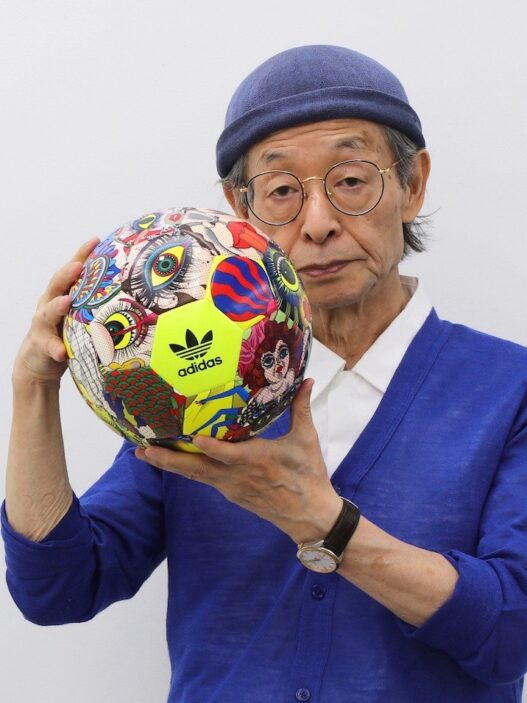More than 600 pieces of art, valued at approximately €60 million, have been repatriated from the United States to Italy. These artworks, which were either illegally excavated or stolen from Italy, were discovered in auction houses, art galleries, and private collections in the US.
The majority of the recovered works date from the 9th century BC to the 2nd century AD, as reported by the Carabinieri art squad, a specialized branch of Italy’s national police force that focuses on art crime. These objects include archaeological artifacts, antiques, archival materials, and rare coins, many of which were taken from clandestine excavations in central and southern Italy, as well as from thefts at churches, museums, and private collections.
The successful repatriation of these items was celebrated this week, thanks to extensive investigations by the Carabinieri in collaboration with various prosecutor’s offices, and with significant assistance from the Manhattan District Attorney’s Office and a US Homeland Security investigative unit. The repatriated items were seized from museums, art dealers, private collections, intermediaries in the art market, and known traffickers.
One of the most significant recovered objects is a silver tetradrachm coin from the Greek island of Naxos, dating back to the 4th century BC. This coin, depicting Dionysus and Silenus, was illegally excavated in Sicily and later seized in the UK. It was recovered last year after being listed for sale in New York for $500,000. Another notable recovery is a silver coin featuring Roman emperor Trajan, stolen from a museum in Pesaro, Italy, in 1978 and found at a Philadelphia auction house. A collection of gold coins stolen in 2009 from a museum in Parma was traced to auction houses across the US, including New York, Dallas, Los Angeles, Chicago, and Puerto Rico.
One of the most unusual recoveries involves a 17th-century painting by Dutch artist Hendrik Van Minderhout, depicting a harbor scene. This painting, stolen from a private owner in Salerno in 2004, was found in a tunnel in New Orleans, according to the Carabinieri.
The Carabinieri’s art squad has leveraged artificial intelligence (AI) tools, such as the “Stolen Works Of Art Detection System,” which uses AI to search for stolen objects listed online or on social media. In the past year, this technology has helped recover approximately 105,474 objects worth an estimated €264 million.
However, one notable piece, the ancient Greek bronze statue called Victorious Youth, remains in the Getty Museum’s collection in Los Angeles. The European Court of Human Rights recently ruled that Italy may continue its claim on the statue, which was discovered by Italian fishermen in 1964 and purchased by the Getty in 1997 for $4 million.
This significant recovery effort underscores the ongoing collaboration between international authorities to preserve and protect cultural heritage.



















